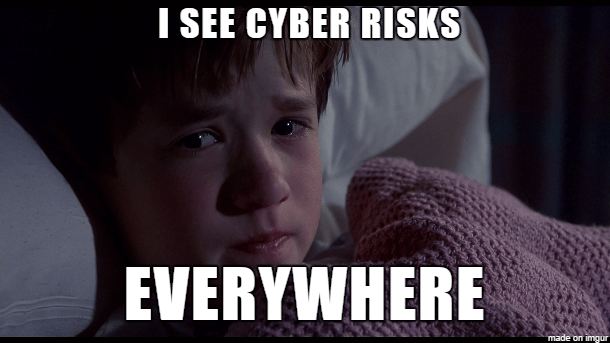The Department of Homeland Security has a statement on their website that says, “Our daily life, economic vitality, and national security depend on a stable, safe, and resilient cyberspace.”

A main issue that many public sector organizations have when considering moving to the cloud is concern regarding cybersecurity. They require a cyberspace that meets the compliance and requirements for government organizations such as FedRAMP, ITAR, CJIS, etc.
The irony of organizations being afraid to move to the cloud due to security concerns is that their legacy IT can be much harder to defend. The president’s executive order last year stated “the executive branch has for too long accepted antiquated and difficult-to-defend IT.” Cloud migration, whether it’s a complete migration or taking a hybrid approach, can help organizations stay up to speed and have that stable, safe, and resilient cyberspace.

The following is an excerpt from our newest ebook, “Public Sector Migration Handbook,” and stay tuned for more posts on this topic!
One area where government organizations ought to pay particular attention regarding request for information (RFI) responses is on the issue of cybersecurity, even if a solution is already FedRAMP certified. Unfortunately, today everyone is faced with a barrage of cybersecurity risks and the public sector is a valuable target.
From Trojan horses to malware to ransomware, we’re hearing about new high-profile security breaches daily. Government organizations don’t just have to battle the standard hackers and cyber-thugs – they also must ward off spying attempts from nation-states. You may recall a cybersecurity breach reported by the US Office of Personnel Management a couple years ago.
The department revealed that it fends off more than 10 million attempted breaches every month, and it isn’t even as popular a target as the NSA or the Pentagon.

Ransomware has been a particular problem for global organizations. Government agencies around the world, including the UK’s National Health Service (NHS), fell victim to the WannaCry ransomware attacks of May 2017 and there are reports that attempts on the US government are climbing. In fact, there was a more than 1,300% increase in cyberattacks on the public sector between 2006 and 2015 in the US.
Microsoft cloud technologies – particularly those for government organizations – have an extremely high level of cybersecurity features in place and provide constant monitoring to ensure data is protected. The security measures in place for a government cloud solution are usually more advanced and thorough than what a single government agency can implement in-house.
If you’re interested in learning about which Microsoft Government Cloud’s are compliant with your organization check out this post on the cloud differentiations.
Cybersecurity concerns are another reason why it is important for business and IT teams to work together in the planning phase of a cloud migration project. By bringing InfoSec specialists into the conversation early, you will be able to better understand what data can move to the cloud and how it will be safeguarded against criminal activity.
Like what you read? Be sure to subscribe to our blog to stay in the fold for all things Office 365, SharePoint and more!




